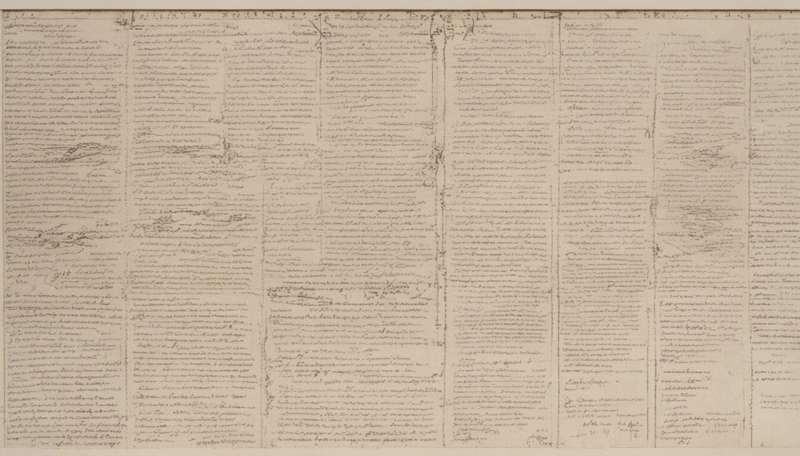Study uses 'evidence maps' to signpost conservation research

Researchers have used a new technique to ensure research findings in the field of nature conservation are more visible and accessible.
Discussed in an article in Nature today, an international team of experts from the field of conservation, evidence synthesis and international development has developed an 'evidence map' to compile and display research information.
The interactive map provides information on policy impacts within existing studies, synthesises key trends and highlights areas in need of further work.
The approach has been led by a Science for Nature and People (SNAP) Partnership working group which includes researchers from the University of Exeter Medical School, Conservation International, UCLA, The Nature Conservancy, University of Illinois and the World Bank.
With thousands of reports produced every year assessing the effects of different policies and programs, worrying evidence suggests that much of this valuable information is never read.
This new method seeks to redress this trend by providing maps for wayfaring researchers and policy makers, signposting sources of evidence to ensure we make use of ever-mounting analyses.
"There are increasing numbers of studies and reports on environmental initiatives, but these can be hard to locate and it may be difficult to establish the best ones to use for policy decisions," said Ruth Garside, Senior Lecturer at the University of Exeter Medical School. "By identifying and categorising existing evidence and presenting it in a concise form, those who need it can rapidly find and use it. Ultimately, this technique can allow us to better target and coordinate research and practice."
The authors located and categorised more than 1000 primary research studies that document relationships between nature conservation policies and human wellbeing. They found that while over 25% of studies examined the links between protected areas and economic wellbeing, fewer than 2% evaluated impacts on human health.
The World Bank is planning to use the evidence on forest biomes and poverty links to better inform their strategic decisions. Daniel Miller, Assistant Professor of Natural Resources and Environmental Sciences at the University of Illinois and former World Bank Program on Forests staff member said "Demonstration of this tool is especially timely as the international community grapples with how best to achieve the recently launched Sustainable Development Goals," said. "Evidence maps like the one we've created can provide vital input into policy processes about what works and under what conditions and also help track progress toward shared goals."
More information: Madeleine C. McKinnon et al. Sustainability: Map the evidence, Nature (2015). DOI: 10.1038/528185a
Journal information: Nature
Provided by University of Exeter















